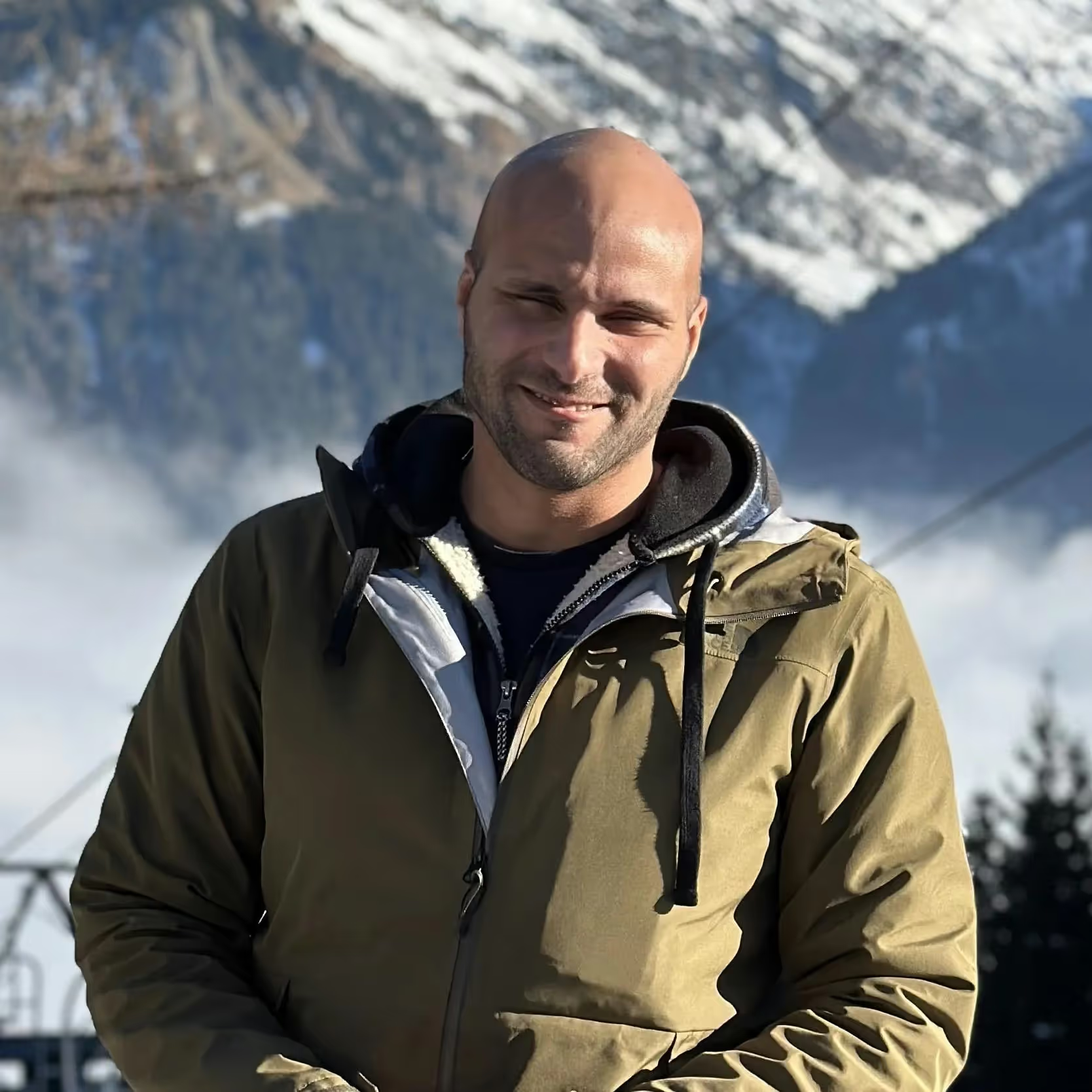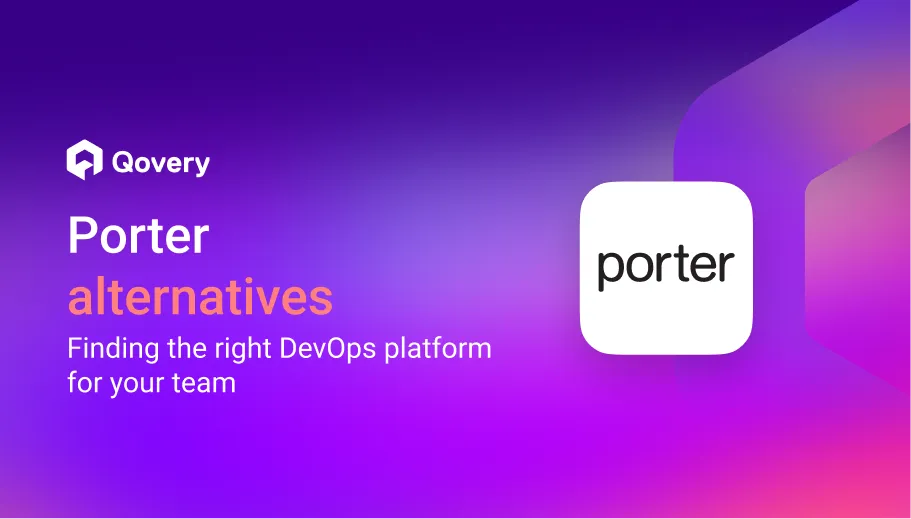
Top 10 ArgoCD Alternatives: Finding a Better Way to Deploy Your Code

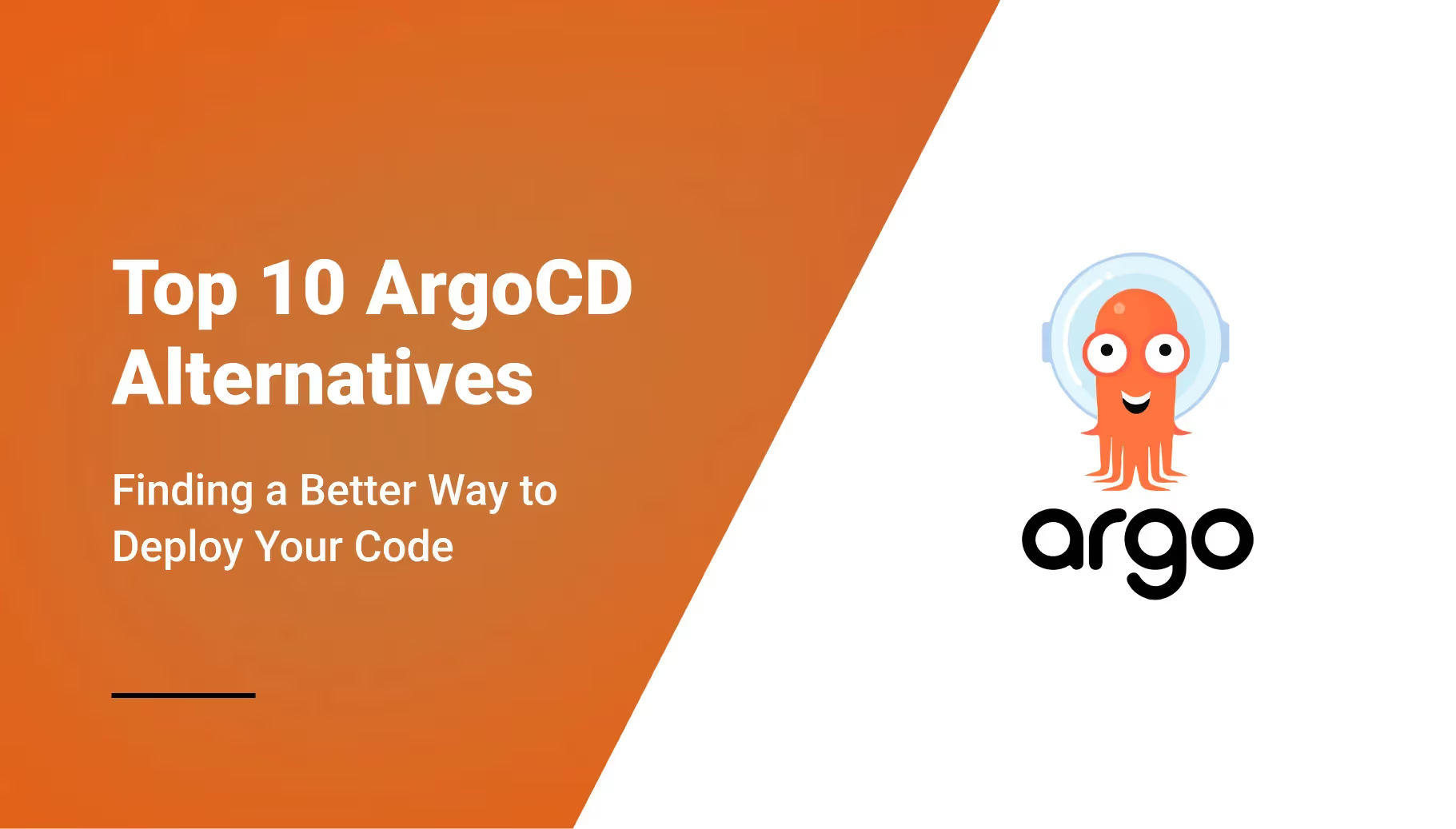

Key Points:
- ArgoCD is only one piece of the puzzle. While powerful for GitOps, it requires teams to manually manage complex infrastructure, networking, and other components, leading to a high operational burden and a slow, complex setup process.
- A full-stack platform is the better solution. Unlike single tools like ArgoCD or FluxCD, comprehensive platforms like Qovery offer a complete, automated experience that handles infrastructure, deployment, and scaling from a single, easy-to-use interface.
- Qovery empowers developers with simplicity and control. It automates complex Kubernetes tasks and GitOps workflows, providing a simple "git push and deploy" experience while running on your own cloud account to ensure you maintain full ownership and avoid vendor lock-in.
ArgoCD has become a staple in the GitOps world, helping teams automate deployments to Kubernetes. It's a powerful and popular tool, but it’s not for everyone. While it excels at what it does—synchronizing Kubernetes manifests from a Git repository—it leaves a lot of work to the user. For many teams, setting up a full-fledged deployment pipeline with ArgoCD can be complex and time-consuming.
The truth is, ArgoCD is just one piece of the puzzle. You still need to manage infrastructure provisioning, networking, databases, and a dozen other components to get a production-ready application running. This is where a more comprehensive platform, like Qovery, can be a game-changer.
The Top 10 ArgoCD Alternatives: Simplify Your Deployment Strategy
To help you find a platform that offers the control and flexibility you need, we've broken down the top alternatives to ArgoCD. Here’s a look at how they stack up.
1. Qovery
Qovery is the developer-centric solution that brings the simplicity of a Platform as a Service (PaaS) to the power and flexibility of Kubernetes. It automates the entire application lifecycle, from infrastructure provisioning to deployment and scaling, all on your own cloud account.
Pros:
- Full Platform Experience: Handles infrastructure, networking, databases, and more, so you don’t have to piece together multiple tools.
- Unparalleled Developer Experience: Offers a simple, Heroku-like “git push and deploy” workflow that abstracts away all Kubernetes complexity.
- Automatic GitOps: Automates the creation and management of Kubernetes manifests, giving you the benefits of GitOps without the manual overhead.
- Complete Control: Runs on your AWS, GCP, or Azure account, giving you full data ownership and avoiding vendor lock-in.
- Enterprise-Ready: Comes with robust features like comprehensive RBAC, detailed audit logs, and SOC 2/HIPAA compliance.
Cons:
- As a managed platform, it offers less low-level control than a fully DIY setup with open-source tools.
How’s Qovery different from ArgoCD?
- A Full Platform Experience: ArgoCD is a single, powerful component. Qovery is a complete platform that handles infrastructure provisioning, application deployment, networking, and databases. You don’t have to piece together a dozen other tools.
- Unparalleled Developer Experience: ArgoCD requires a deep understanding of Kubernetes manifests. Qovery abstracts this away completely, offering a "git push and deploy" experience that empowers developers without them needing to be Kubernetes experts.
- GitOps, Automatically: Qovery is built on GitOps principles, but it automates the entire process, including the creation and management of Kubernetes manifests. You get the benefits of GitOps without the manual overhead.
- Rapid Time-to-Value: Getting a production-grade setup with ArgoCD requires significant time and expertise. With Qovery, you can have a fully automated, multi-cloud platform up and running in minutes.
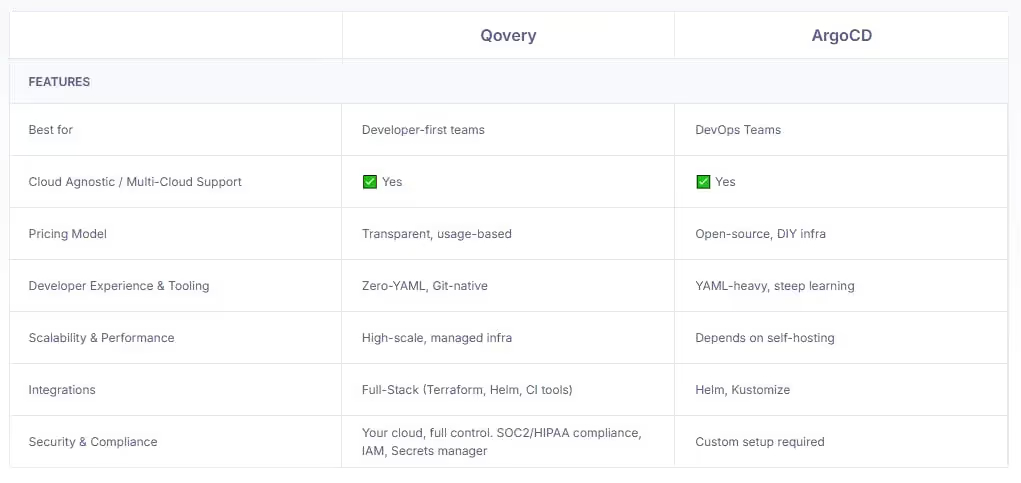
Ready to modernize your workflow?
- 🚀 Sign up for Qovery’s trial.
- 📅 Book a demo to discuss how Qovery can accelerate deployments for your team.
2. FluxCD
Similar to ArgoCD, FluxCD is an open-source GitOps engine for continuous delivery. It’s a core component that automates the syncing of your Git repository with your Kubernetes cluster.
Pros:
- Open-Source & Community-Driven: Free to use and benefits from a large, active community.
- Highly Extensible: Integrates with other open-source tools like Helm and Kustomize.
- Focuses on GitOps: Provides a solid, battle-tested engine for continuous delivery.
Cons:
- Partial Solution: It's just a single tool for continuous delivery and doesn’t handle infrastructure provisioning, networking, or other aspects of the application lifecycle.
- Steep Learning Curve: Requires deep knowledge of Kubernetes, YAML, and other open-source tools.
- High Operational Burden: You are responsible for all setup, maintenance, and troubleshooting.
3. Rancher
Rancher is a Kubernetes management platform that simplifies running clusters, particularly for teams with multiple clusters or on-premise deployments.
Pros:
- Multi-Cluster Management: Excellent for managing Kubernetes clusters across different cloud providers or on-premise from a single dashboard.
- User-Friendly Interface: Provides an intuitive UI for managing clusters and applications.
- Built-in Catalog: Includes a catalog of Helm charts for easy application deployment.
Cons:
- Setup Complexity: The initial setup can be challenging for beginners.
- Kubernetes-focused: While it simplifies Kubernetes, it still assumes a level of Kubernetes expertise and doesn't offer the full PaaS experience for developers.
4. Portainer
Portainer is a lightweight, open-source management tool with a user-friendly UI for managing Docker and Kubernetes environments.
Pros:
- Simplicity: Very easy to use for managing individual containers and simple deployments.
- Lightweight: A great choice for resource-constrained environments like a Raspberry Pi or home labs.
- Self-Hosted: Gives you full control by running on your own infrastructure.
Cons:
- Limited Kubernetes Support: Offers basic Kubernetes management but lacks advanced features like custom resource definitions (CRDs) and robust scalability for large deployments.
- Not for Large Scale: Insufficient for the complex, large-scale deployments that enterprise teams require.
5. Porter
Porter is an open-source PaaS built on Kubernetes that aims to provide a Heroku-like experience on your own cloud.
Pros:
- Simple UI: Provides an approachable user interface for getting started with deployments.
- Open-Source Core: Benefits from the open-source community and can be self-hosted.
- Cloud Agnostic: Can be deployed on your AWS, GCP, or Azure account.
Cons:
- High Maintenance Burden: You are responsible for all platform-level updates, security patching, and troubleshooting.
- Lacks Flexibility: The closed add-on system limits your ability to deploy custom Helm charts or integrate with external tools.
- Not Enterprise-Ready: Lacks essential enterprise features like robust RBAC and detailed cost management.
6. DuploCloud
DuploCloud is a low-code platform that focuses on automating infrastructure and compliance for DevOps teams.
Pros:
- Infrastructure Automation: Automates the provisioning of infrastructure to meet compliance and security standards.
- Cloud Agnostic: Can be deployed on multiple cloud providers.
- High Scalability: Built to handle high-scale, production-ready applications.
Cons:
- DevOps-Centric: The platform's focus on infrastructure can make it less intuitive for developers.
- Slower Deployment: The focus on complex infrastructure management can result in a more involved setup process compared to more developer-centric platforms.
- Vendor Lock-in: The low-code approach can create a dependency on the platform’s specific abstractions.
7. Northflank
Northflank is a managed PaaS that provides a developer-friendly experience for deploying and managing applications.
Pros:
- Friendly UI: Offers an intuitive interface for managing applications and resources.
- Integrated CI/CD: Provides a built-in CI/CD pipeline for automated deployments.
- Transparent Pricing: Clear, usage-based pricing model.
Cons:
- Limited Cloud Support: Primarily runs on its own managed infrastructure, with limited support for deploying to your own cloud accounts, leading to vendor lock-in.
- Not for Enterprise Scale: Best suited for startups and small teams and may lack the robust features required for large-scale, production-grade workloads.
Read more: Top 10 Northflank Alternatives
8. Heroku
Heroku is a pioneer in the PaaS space, known for its extreme simplicity and developer-friendly workflow.
Pros:
- Ease of Use: Offers an unparalleled simple "git push" deployment model.
- Add-on Marketplace: Provides a wide range of managed services (databases, monitoring, etc.) through its marketplace.
- Great for Prototyping: Ideal for quickly deploying small projects and prototypes.
Cons:
- Vendor Lock-in: A closed ecosystem that runs on its own infrastructure, locking you into its specific services and pricing. Recent, widespread outages have highlighted the risks of this dependency.
- High Cost at Scale: Becomes prohibitively expensive as your application and team grow.
- Limited Control: Offers limited control over the underlying infrastructure, performance, and security.
9. Platform9
Platform9 is a SaaS-managed cloud platform that provides a simplified way to deploy and manage Kubernetes environments on any infrastructure.
Pros:
- Enterprise-Grade Features: Offers a robust set of features for large-scale production deployments, including high availability and disaster recovery.
- Kubernetes-Focused: Built specifically for managing Kubernetes, offering deeper integration and a wider range of features.
- Excellent Support: Provides dedicated customer support, which is critical for enterprise customers.
Cons:
- Cost: Can be expensive, especially for smaller deployments, and pricing is not always transparent.
- Complexity: While it simplifies Kubernetes, it still requires expertise to use effectively and can feel overwhelming to non-DevOps teams.
10. Mirantis Kubernetes Engine
Mirantis Kubernetes Engine is an enterprise-grade Kubernetes platform built on Docker technology.
Pros:
- Avoids Lock-in: Based on open standards, giving you the freedom to choose your own infrastructure.
- Focus on Apps: Provides a streamlined platform that takes care of the infrastructure, so you can focus on building applications.
- Leverages Open Source: Benefits from the collective knowledge of the open-source community.
Cons:
- Overkill for Small Teams: Its advanced features and capabilities may be too much for smaller projects or startups.
- Steeper Learning Curve: Requires a deep understanding of Kubernetes concepts.
Ready to Experience the Qovery Difference?
Qovery is a strong alternative that takes the core benefits of GitOps and wraps them in a complete, easy-to-use solution. Unlike ArgoCD, which requires you to manually write and manage complex Kubernetes manifests, Qovery automates the entire process. You get a "git push and deploy" workflow that empowers developers to ship code faster without becoming Kubernetes experts.
While ArgoCD is a great tool for DevOps specialists, a full-stack DevOps automation tool like Qovery offers a faster path to value and a better experience for the entire team. It handles everything from provisioning your infrastructure to managing your applications, so you can focus on what you do best: building great software.
Automate your cloud infrastructure, the modern way.
Book a demo today to see how Qovery can help you ship faster and eliminate the need for an in-house DevOps team.

Suggested articles
.webp)



.svg)
.svg)
.svg)


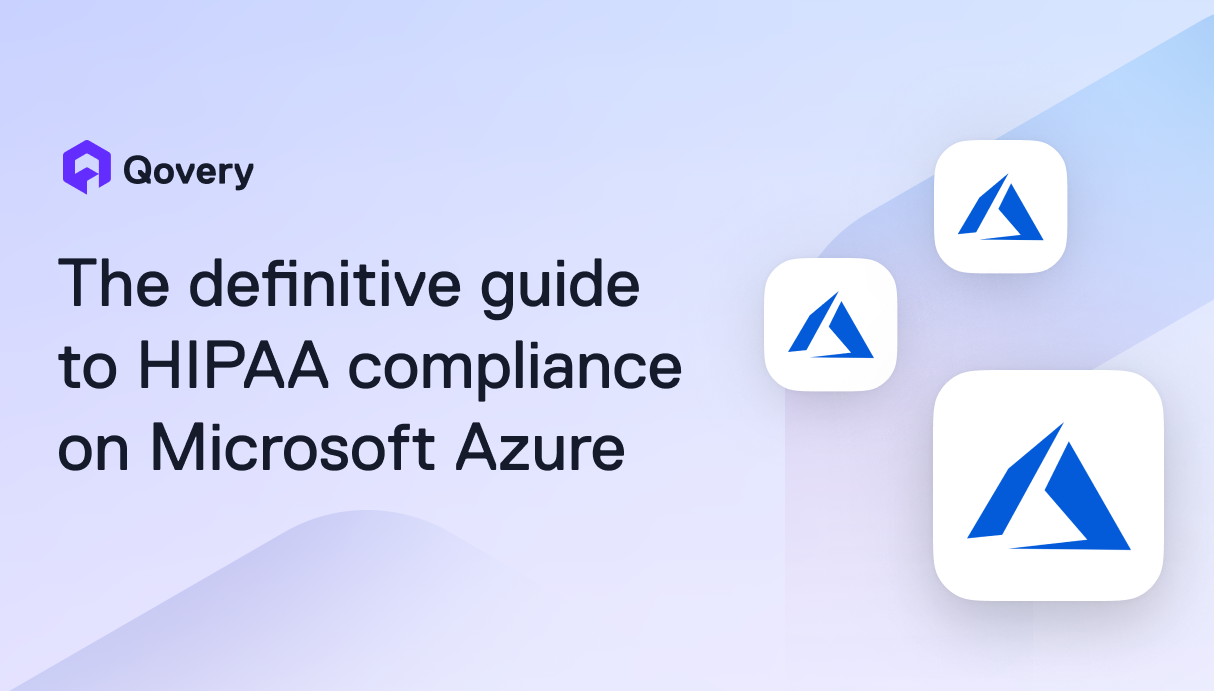
.png)

